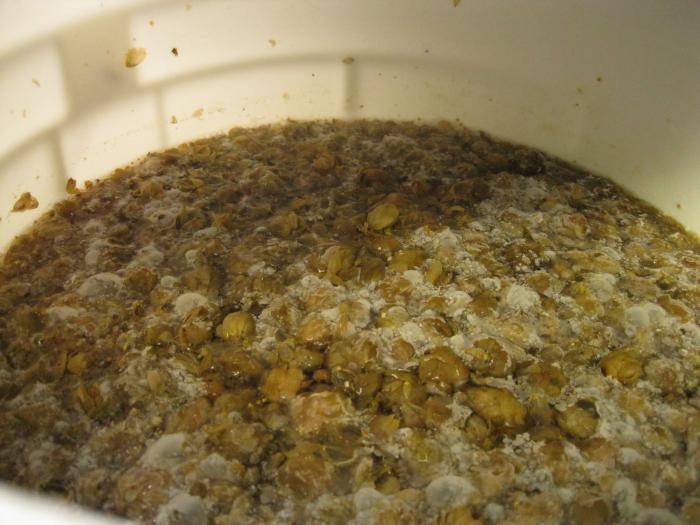I have had my last two dry hopped beery with this white stuff appear on top and saw it right before bottling. Is this an infection? I have been very busy and have had both of them sit in primary for 4 - 6 weeks and 2 weeks in secondary for lack of free time to flip them. The first one with this look was a Citra only IPA extract. It had one of the lowest gravity drops I have seen. 1.052 to 1.010. I used amylase. Along with that and the long time in fermentation was my guess for the complete fermentation. The one pictured is a all grain rye IPA. The fermentation was quite complete (1.054 to 1.012) During bottling my sample on both was quite thin and lacked body. These last two make me suspect a wild yeast with a more complete fermentation. I can't taste much of the infection in the Citra if there is one. Is it likely the hops fought it off? Has anyone else had this, or more importantly solved it and found a likely cause. I store my hops in the freezer. Thanks for any advice.




